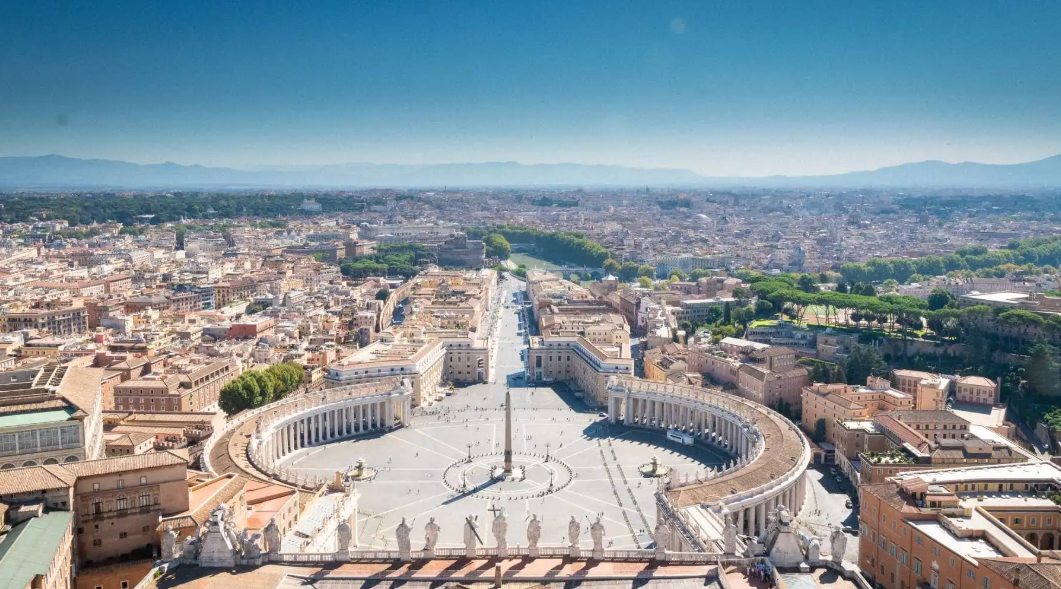 |
POPULATION STATISTICSHow the Population of Vatican City is Shaped by Religion: Male vs Female DemographicsVatican City, the smallest independent state in the world, stands as the spiritual heart of the Roman Catholic Church. Despite its tiny geographical size, the Vatican holds immense significance in global religious and cultural contexts. With a population of around 800 people, the demographics of Vatican City are highly unique, shaped largely by the religious context in which it exists. When examining the male-to-female ratio, it becomes evident that religion plays a pivotal role in determining the population structure of this city-state. The Influence of Religion on Vatican City's PopulationVatican City's population is made up of both clergy and laypeople, with the majority of the residents being male. The presence of the Catholic Church has a profound influence on this ratio, as many positions within the Vatican are occupied by priests, cardinals, bishops, and other religious figures who are predominantly men. The clergy’s presence and the long-standing traditions of the Church greatly impact the population's gender distribution. 
Moreover, the religious vocation within Vatican City attracts individuals who are committed to their faith and spiritual service. For male residents, the journey to priesthood, cardinalship, and other high-ranking positions in the Church is both a calling and a profession. This has led to an overrepresentation of men in Vatican City’s workforce. The gender dynamics are significantly shaped by these roles, as well as by the fact that celibacy is a requirement for many positions within the Church. Male Population: Clergy and Religious RolesA significant portion of Vatican City's population consists of male clergy members. These men serve in various religious functions, such as priests, bishops, and cardinals, all of whom are part of the Catholic hierarchy. The number of male religious figures in the Vatican vastly outnumbers female residents, which is a direct reflection of the Catholic Church's male-dominated clergy structure. The Pope, the leader of the Roman Catholic Church, is always male, further contributing to the male-centric demographics of the Vatican. The decision-making positions within the Vatican are predominantly filled by men, who hold leadership roles that have been passed down through the centuries within the ecclesiastical tradition. The male dominance in Vatican City can also be seen in the Vatican's workforce, which includes roles such as priests, sacristans, and those involved in the management of religious sites. As these roles are generally reserved for men, the overall male population of the Vatican remains higher. Female Population: Limited Roles and Religious ServiceWhile the female population in Vatican City is smaller compared to the male population, women do play an essential role within the city-state. However, their positions are more restricted and often involve support functions rather than clerical or leadership roles. Women in Vatican City can be found in positions such as administrative assistants, nuns, and members of various religious orders. Female religious figures serve in roles related to education, healthcare, and charity, contributing to the welfare of the Vatican community. However, they are not able to hold priestly positions or participate in the decision-making processes of the Catholic Church. In recent years, there has been increased attention on the role of women in the Vatican, especially in light of Pope Francis' calls for greater inclusion of women in positions of responsibility within the Church. Nevertheless, the male-to-female ratio in Vatican City remains stark, reflecting the broader theological and ecclesiastical traditions of the Catholic faith. Vatican's Demographic Challenges and Gender BalanceAs Vatican City continues to adapt to the modern world, its demographics may shift, but the influence of religion will likely remain a dominant factor in shaping the population's gender distribution. The Vatican’s unique combination of religious, cultural, and historical influences means that male figures will likely continue to occupy the majority of positions within the state, especially those that require religious vocations and ecclesiastical authority. While some efforts are being made to increase female participation in the Vatican's administrative and leadership sectors, the path to greater gender equality remains slow. The Roman Catholic Church’s doctrine and traditions continue to influence the gender composition of the Vatican’s population. The population of Vatican City is deeply intertwined with religion, and this connection is especially apparent when examining the male-to-female demographic ratio. The Vatican's structure, which is heavily reliant on male clergy and religious roles, has resulted in a population that is predominantly male. Women play essential but often supportive roles within the city-state, particularly in education, healthcare, and charity. As the Catholic Church evolves, so too may the role of women in Vatican City. However, the deeply rooted traditions of the Church and its historical foundation in male leadership ensure that religion will continue to shape the demographics of Vatican City for years to come.
Thank you for visiting this website. Last modified on 2006-10-30 by Jan Lahmeyer
|